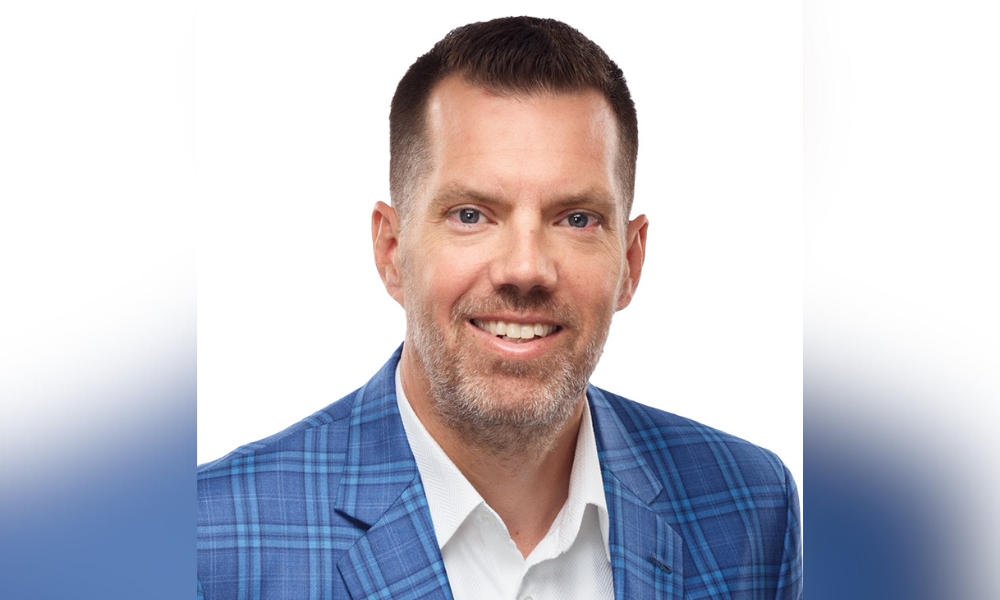iA Private Wealth's new president talks to WP about his leadership goals

When Stephen Bourbonnais was named EVP of iA Wealth this past January, it begged an important question: who would be next in line as president of iA Private Wealth?
The answer came earlier this month with the appointment of Adam Elliott, who’s taking on the role after two years as president and CEO of iA Clarington Investments (he joined the firm in 2018 as national sales manager).
It’s a major change that, in many ways, is also a natural transition for Elliott. While he’s focused the past 23 years of his career on the asset management business – including 18 years progressing through several leadership roles at Dynamic Funds – he’s spent much of that time talking and working with advisors.
“I've known many of the advisors at iA Private Wealth for decades going back to their predecessor firms,” Elliott says. “I also know the management team, both within and outside iA Private Wealth, because of the highly collaborative way we work across different parts of the iA organization.”
During his time at iA Clarington, Elliott says he had regular meetings to brainstorm on areas of potential collaboration with his predecessors, including Bourbonnais. He also worked with the CFO, CTO, and people in other key functions that provide support across the iA organization.
Shortly after the news of his new role broke, Elliott received a flood of messages from iA Private Wealth advisors. Among the congratulations were suggestions for improvements at the dealership, which he says reflects the culture of independence and entrepreneurship at the firm.
“I’ve found the best ideas come from advisors, whether it’s on the asset management side or with respect to how the dealer is run,” he says. “In both cases, I see it as my job to execute on those recommendations.”
With $103 billion in AUM across the iA Private Wealth and Investia dealer businesses, Elliott sees the formation of the New SRO – which will officially be known as the Canadian Investment Regulatory Organization (CIRO) on June 1 – as an opportunity.
“Outside the banks, I don’t think any firm has the scale and opportunity to benefit from bringing those together as we do here,” he says. “In some cases, the cultures and client bases are different between those two divisions, and we need to respect that. It will also mean combining two operational platforms, and education from each group about the other as we bring the best of both those worlds together.”
Digital expectations are also on the rise from both advisors and clients. With that, Elliott predicts independent advisors will increasingly want to partner with firms that can provide client portals, digital onboarding, and other strong technological solutions.
“Some practices are still focused on older-generation clients, who may be used to receiving paper statements from three or four fund companies every quarter,” he says. “We respect those types of independent advisors, but we’ll encourage and equip our advisor base to provide a highly digital experience for their clients.”
Today, an estimated $6.5 trillion in assets is being managed by financial advisors across Canada; that number is expected to reach $10 trillion by 2030. Elliott sees that growing pie – including the cross-currents from the ongoing intergenerational wealth transfer – as an opportunity for those open to engaging with the next generation. Beyond that, he sees a tsunami of private business sales among retiring members of the boomer generation as a new seam for entrepreneurial-minded advisors to mine.
“The thing about this business, especially in an independent environment, is that advisors can continue to work with their clients as long as their physical and mental health enables it, and they’re willing to adapt,” Elliott says. “This is a business where age doesn’t push you out, which I think is a wonderful thing.”



